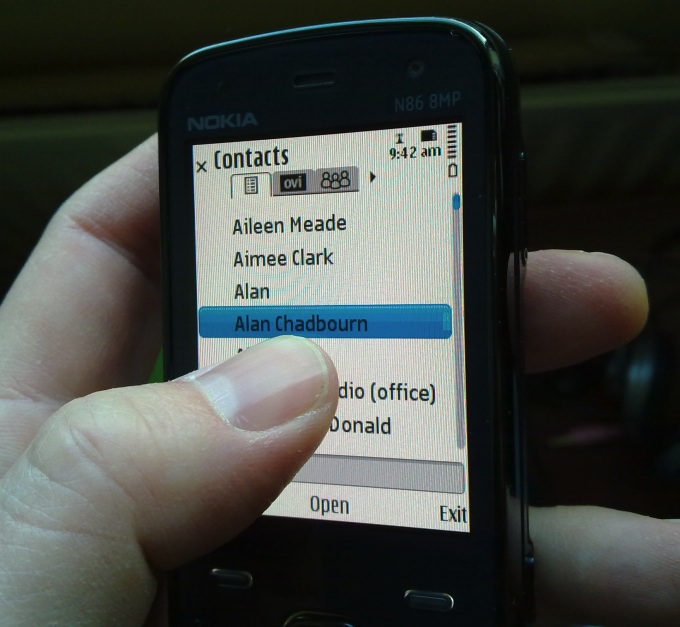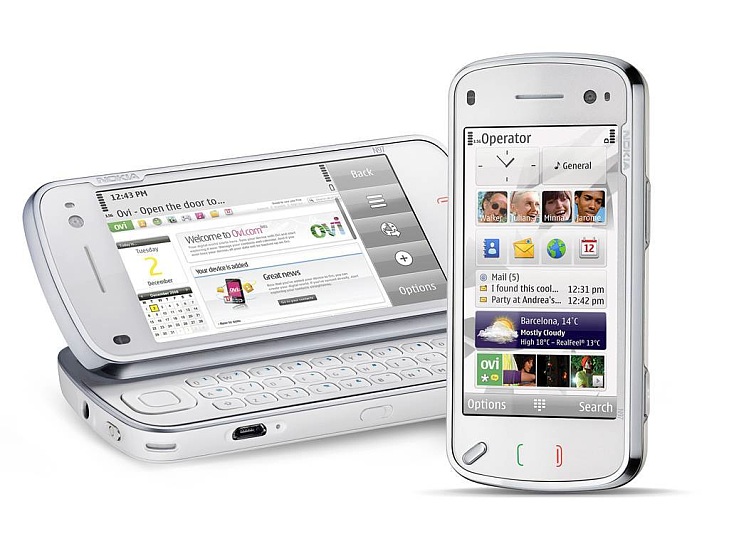Just to set this up, and not being ashamed of quoting from one of my own previous articles(!):
"The first touch-based PDAs appeared in the mid 1990s, with Palm's stylus-based PDAs, closely matched by Psion bringing in touch into their EPOC-powered palmtops and then Windows Mobile (nee Pocket PC) joining in the fun around the millennium. EPOC mainly evolved into Symbian OS, running the S60 and UIQ interfaces, with the former unashamedly button-driven and the latter unashamedly stylus-driven.
Despite the relative success of Palm's PDAs, I think it's fair to say that the reliance on using a two-handed, stylus-driven interface meant that none of these touch-screen devices really became totally mainstream, in the sense that you'd see your mum or brother or colleague using one with no encouragement from you.
And then the Apple iPhone came along. Its main innovation was that it dispensed with the conventional wisdom that touch meant a stylus and allowed the use of a (grubby, greasy, uneducated?) finger(!) instead as its main driving force. You still had to use two hands (most of the time) but at least one barrier to use was removed for the main in the street.
A secondary innovation was the capacitive technology, meaning that a touchscreen could, for the first time in years, actually be viewed in sunlight and was incredibly responsive to the slightest touch. Backed by a ground-up interface rethink and Apple's legendary 'cool', the iPhone became a deserved success."
With the result that most phone manufacturers have now jumped on the 'touch' bandwagon, trying to emulate the iPhone's success, or at least its mojo. Even Nokia now has touch as one of its cornerstone interface technologies, with the 5800 XpressMusic, the 5530, the N97, the N97 mini and now the X6 all sporting the fully touch-enabled S60 5th Edition.
The silly/telling moment came when I caught myself, for the umpteenth time, trying to tap the screen of a non-touch phone. Go on, you try it - use a device like the Nokia 5800 or iPhone for a few days and then go back to something like the Nokia N86 or E71. It's not a criticism of the latter's functionality, but I BET, I absolutely WAGER that at some point you'll see something on the screen and find yourself tapping it and wondering, just for a second, why nothing's happening!

The fact that such a glitch could happen is testament to the fact that, on the whole, touchscreens do allow for more intuitive, quicker to use interfaces. But let's just summarise some of the other implied pros and cons:
| Touchscreens on phones | |
|
Pros Easier interface possible - what you see is what you can interact with Virtual controls can be removed for more screen real estate for content Large display helps visibility for those with less than perfect eyesight Gestures (swiping, encircling, flicking, multi-touch) allow for functionality that is harder or even impossible to implement with a button-driven system |
Cons Larger display makes device more fragile and vulnerable Touchscreen displays often (iPhone and G1-excepted) have poor contrast in bright outdoor light Text input is necessarily clumsier, although writing aids and haptic feedback can minimise the 'hit' Interface can be hard to use one-handed Interface can be hard to use while on buses or in a car due to vibration You can't operate a touchscreen device 'blind' in a pocket, or with your eyes closed at night (e.g. controlling music or podcasts without waking a partner) |
The number of 'cons' above should certainly give food for thought that touch isn't necessarily the best thing since sliced bread. And in fact previous editorials from me in other years have always come solidly down on the side of non-touch, i.e. qwerty and d-pad-driven devices. However, the 'Pros' above are becoming ever more convincing, with interfaces becoming more tractable (e.g. kinetic scrolling in all parts of the N97 and N97 mini) and, perhaps most of all, with displays getting ever larger (e.g. 3.5" screen on the N97 and 4"+ isn't uncommon on some non-Symbian devices) - squinting at a 2.4" display doesn't seem as practical as it once was, to me at least.
What has really tipped the balance for me is the new breed of 'full-face touch with full qwerty underneath' form factors. Of course, such a thing isn't really new - the Psion Series 5 had all this back in 1997. And the concept of a full qwerty keyboard that can be hidden away has been kept alive with the Nokia Communicator series over the years. But with the evolution of forms like the HTC Kaiser (/Tilt) and the take up in the Nokia world with the innovatively hinged Nokia N97 and N97 mini, the full-touch, full-qwerty design seems here to stay and, in some ways, offers the best of both worlds.

Yes, most of the familiar touchscreen 'cons' are still relevant, though arguably outweighed. But the biggie - text input - is now firmly addressed. And I'm not the only one to think that this form factor is becoming more and more useful - similar touch/qwerty hybrid designs are now appearing from all manufacturers and for all platforms (except iPhone).
Of course a Nokia N95 8GB or E71 is no less useful than it ever was, there are plenty of excellent examples of non-touch phones that continue to serve their owners well. But I'm arguing that, in the Symbian world, a tipping point has been reached. Which is why I've found myself recommending, for example, the likes of the Nokia N97 mini over the non-touch E75 or E90. And the 5800 XpressMusic over the similarly-sized N79.
Caveat: the tech world seems to move in cycles. PDAs/phones grow, and then they shrink, and then they grow again. Are we all getting caught up in fashion, I wonder? Will our portable brains shrink again in a few years time, perhaps down to wristwatch or lapel badge size? We're into science fiction at this point, but your comments most definitely welcome!
Steve Litchfield, All About Symbian, 2 Dec 2009
